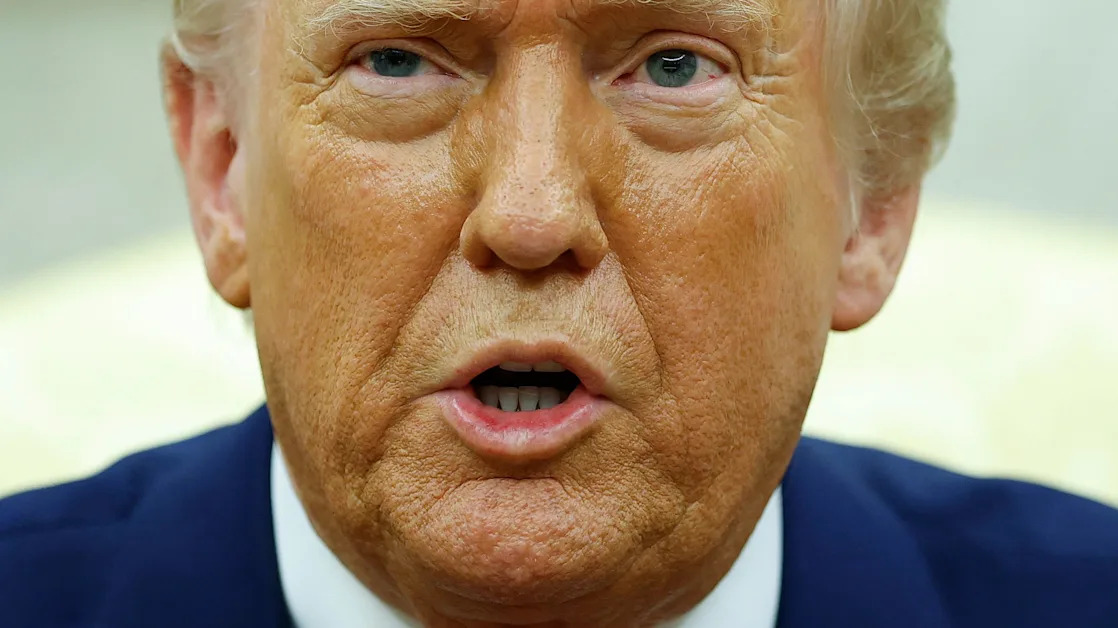
Trump didn’t care that the stock market was crashing. Bond yields were the ‘pain point’ that finally got him to pause tariffs
President Trump didn’t seem especially bothered by the epic fall in stock prices following his unveiling of extremely high and far, far loftier than anticipated tariffs in early April. Instead, his main focus is and has long been a different measure: He is obsessed with rates on 10-year Treasury bonds. To him, this is the measure that matters because so many things are tied to that benchmark: It’s a big factor in setting car loans, mortgage rates, credit card rates, and also determines the “base rate” that companies pay on their crucial long-term borrowings. Rob Arnott, founder and chairman of Research Affiliates, a firm that oversees investment strategies for $150 billion in investment funds, puts it bluntly: “Trump cares more about the 10-year Treasury than about the stock market,” he says.
Virtually since his inauguration, Trump’s been pushing to bend the Fed to his will and help bring down rates. On March 19, the POTUS issued a post on Truth Social exhorting: “The Fed would be MUCH better off CUTTING rates as U.S. tariffs start to transition their way into the economy.”
In fact, in the first few days of the market meltdown, Trump seemed to be getting his way. By April 4, the 10-year Treasury yield had dropped 3.86%, its first sub-3% reading since October, and a giant drop from the 4.4% level toward the end of March. Trump seemed to be reckoning that though the payoff from tariffs would take time, Americans while waiting would gain big benefits from borrowing costs that looked like a relative bargain.
That scenario was short-lived; 10-year Treasury yields went on a seldom-witnessed tear starting on April 5, surging over 600 basis points to 4.5% by the morning of April 9. The news for companies mirrored the downer for consumers: Credit spreads on investment-grade corporate bonds jumped by just under 1% to 1.2% in early April, and the premium on high-yield offerings expanded by 25%, from 347 to 461 basis points.
Why did yields spike so much? Because the tariff jolt freaked investors across the board. Overnight, foreign participants in particular reckoned that America had suddenly careened from a welcoming (and historically highly-enriching) venue for parking their funds, to hostile territory. As John Cochrane, an economist at the Stanford Graduate School of Business, put it to me: “Do U.S. government bonds look like a better or worse place to invest your money than a month ago?”
Foreign institutions, individuals, and sovereign funds own a staggering $10 trillion, or roughly 33% of all U.S. Treasuries. The U.S. is highly dependent on their conviction that America is the world’s best place for their savings. Arnott of Research Affiliates is particularly concerned about China’s potential power in our financial markets, courtesy of its huge holdings of U.S. Treasuries. If they are big sellers, bond prices will tank, and yields (which move inversely to prices) will spike, a sure way to get under Trump’s skin. “I think the Chinese government has read The Art of War, which has been Trump’s bible for life,” Arnott says. “Gosh, you don’t think someone would want to play that card, do you?”